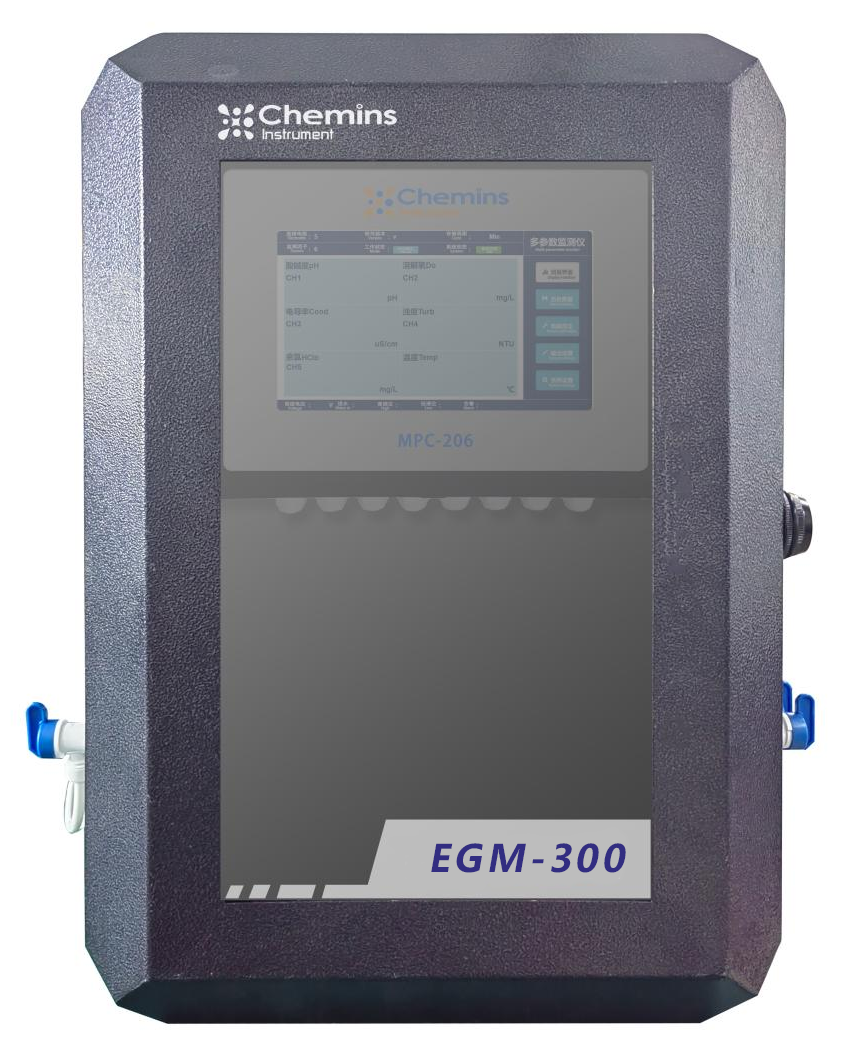This article takes you through water quality monitoring!
Water is one of the basic substances for human survival and development, and water quality is an important indicator to measure whether it is suitable for production and life. Protecting water resources has become the responsibility and obligation of every citizen.
My country has formulated different testing standards according to the use of water.
According to different uses and storage locations, the main water quality standards include "Surface Water Environmental Quality Standards", "Groundwater Quality Standards", "Sea Water Quality Standards", "Farmland Irrigation Water Quality Standards", "Fishery Water Quality Standards", "Drinking Water Sanitation Standards" Standards, and various industrial water quality standards.

The "Surface Water Environmental Quality Standard" divides surface water into five categories according to the quality parameters of surface water.
| Class I | Source water and national nature reserves |
| Class II | The first-class protected areas of surface water sources for centralized drinking water, habitats for rare aquatic organisms, spawning grounds for fish and shrimp, feeding grounds for juvenile fish, etc. |
| Class III | Secondary protection areas of surface water sources for centralized drinking water, fish and shrimp wintering grounds, migration channels, aquaculture areas and other fishery waters and swimming areas |
| Class IV | General industrial water areas and recreational water areas where the human body is not in direct contact with |
| Class V | Agricultural water areas and water areas with general landscape requirements |

According to the current situation of groundwater quality in my country, the benchmark value of human health and the protection goals of groundwater quality, and referring to the highest water quality requirements for domestic drinking water, industrial water, and agricultural water, the "Groundwater Quality Standards" divides groundwater quality into five classes.
| Class I | The naturally low background content of groundwater chemical components |
| Class II | The natural background content of groundwater chemical components |
| Class III | Centralized drinking water sources and industrial and agricultural water |
| Class IV | Agricultural and some industrial water, domestic drinking water after proper treatment |
| Class V | Not suitable for drinking, other water can be selected according to the purpose of use |

According to the different use functions and protection goals of sea areas, the "Sea Water Quality Standards" divides sea water quality into four categories.
| Category I | Marine fishery waters, marine nature reserves and rare and endangered marine life protection areas |
| Category II | Aquaculture areas, bathing beaches, marine sports or entertainment areas where the human body directly contacts seawater, and industrial water areas directly related to human consumption |
| Category III | General industrial water areas and coastal scenic tourist areas |
| Category IV | Ocean port waters and ocean development operation areas |

In recent years, fishery water pollution accidents have occurred continuously, causing heavy economic losses to farmers. Fishery water pollution mainly includes industrial wastewater pollution, domestic sewage pollution, planting pesticide pollution and endogenous pollution in the breeding process. Therefore, it is particularly important to strengthen the monitoring of water quality in the aquaculture process. "GB11607-1989 Fishery Water Quality" stipulates the safety indicators of common organic pollutants and heavy metals in aquaculture water. These indicators are important to evaluate whether the water quality in the aquaculture area is safe. index.
The relevant water quality parameters stipulated in the "Fishery Water Quality Standard" are as follows:
1. Floating substances: no obvious oil film or foam can appear on the water surface.
2. PH value: fresh water is 6.5-8.5, sea water is 7.0-8.5.
3. Color, smell, and taste: fish, shrimp, shellfish, and algae must not be colored, smelled.
4. Total coliform bacteria: no more than 5000/L (the water quality of cultured shellfish should not exceed 500/L).
5. Mercury content: ≤0.0005.
6. Cadmium content: ≤0.005.
7. Lead content: ≤0.05.
The multi-parameter water quality online monitor developed by Chemins Technology can not only meet the basic water quality testing needs of the international market, but also adopts a new industrial design in the external design and internal structure, and can customize different appearances according to customer needs. The appearance adopts a lightweight design, which is more convenient and simple to install, and the internal structure adopts an integrated modular design, which also makes later use and maintenance easier.

EGM-300 water supply water quality monitoring micro-system is an online water quality automatic monitoring system composed of modern sensor technology, automatic control technology, special data analysis software and communication network. Simultaneous measurement of various water quality parameters (pH, residual chlorine, conductivity, turbidity, temperature, etc.) can be realized. Small in size, powerful in function and low in investment, it is suitable for long-term continuous on-line monitoring of secondary water supply, and can continuously, real-time and accurately monitor the water quality and its changes in the target water area.